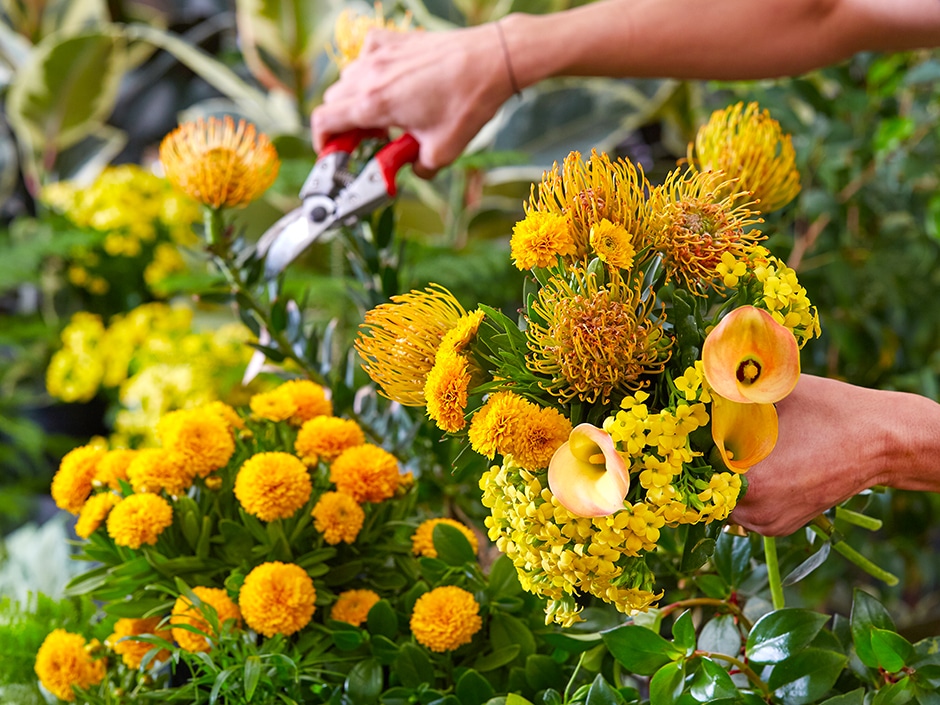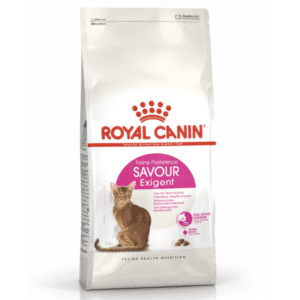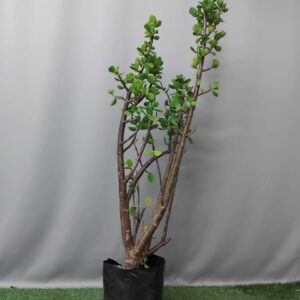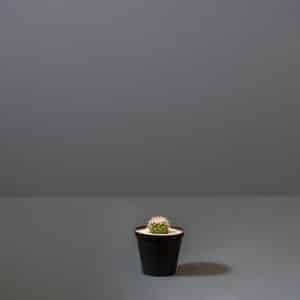Picking the ideal plant combinations for gardens
DIY and how-to

Designing a beautiful garden means choosing the right plant for the right space, as well as creating variations in colour, texture and size. This takes a little planning, but it’s well worth the investment of time.
1. Understand the space you’re working with
Before you make any purchases, carefully assess your garden. This will help you make the right selection when you visit the garden centre.
Consider the height and levels of your garden, as well as the width and space you’ll be working with.
Tip: Take photos of your garden from all angles, and note the rough measurements of the space. This will be a helpful reminder while you’re shopping.
2. Level up
Large shrubs and trees will form the canopy and structure of the garden and need to be complemented by the groundcovers, perennials and annuals beneath them. This is the understory area of your garden – i.e, the plants that grow underneath your trees or taller plants.
3. Mind the gap
Medium-sized shrubs and tall fillers should form the bulk of the plants in your garden. Medium-to-small fillers, groundcovers, shrubs, annuals and bulbs are essential to landscaping, as they fill the areas of open soil, retain water and prevent soil erosion.
Why we love groundcovers: They create unity and flow within your garden.
10 quick-and-easy landscape-design tips
- Reverse your planting combinations to create opposite textures, colours, foliage and flowers.
- Flowering shrubs should be complemented by a non-flowering groundcover that differs in colour and texture.
- Non-flowering shrubs or trees should be complemented by flowering groundcovers, annuals or perennials.
- Complement understory greys with greens and different textures
- Looking to fill deep beds? Use two or three blocks of fillers and create visual appeal by planting taller fillers at the back, and shorter ones in the front.
- Make sure your filler and groundcover blocks are at least a square meter in size.
- Understory combinations of lacy, textured plants and soft flowing lines can be complemented by plants with greater form and structure.
- Variegated shrubs and trees with grey foliage should be complemented by flowering groundcovers, fillers, perennials, annuals or green, textured fillers.
- Be sure to reverse the formation and structure between your taller plants and the understory.
- Symmetry is satisfying! Repetition of plants or combinations of groups brings simplicity and unity to your garden.
You might also like
Shop online
-
- Sale!
SAVOUR EXIGENT 4KG
- Original price was: R788.99.R709.99Current price is: R709.99.
- Add to cart Learn More




